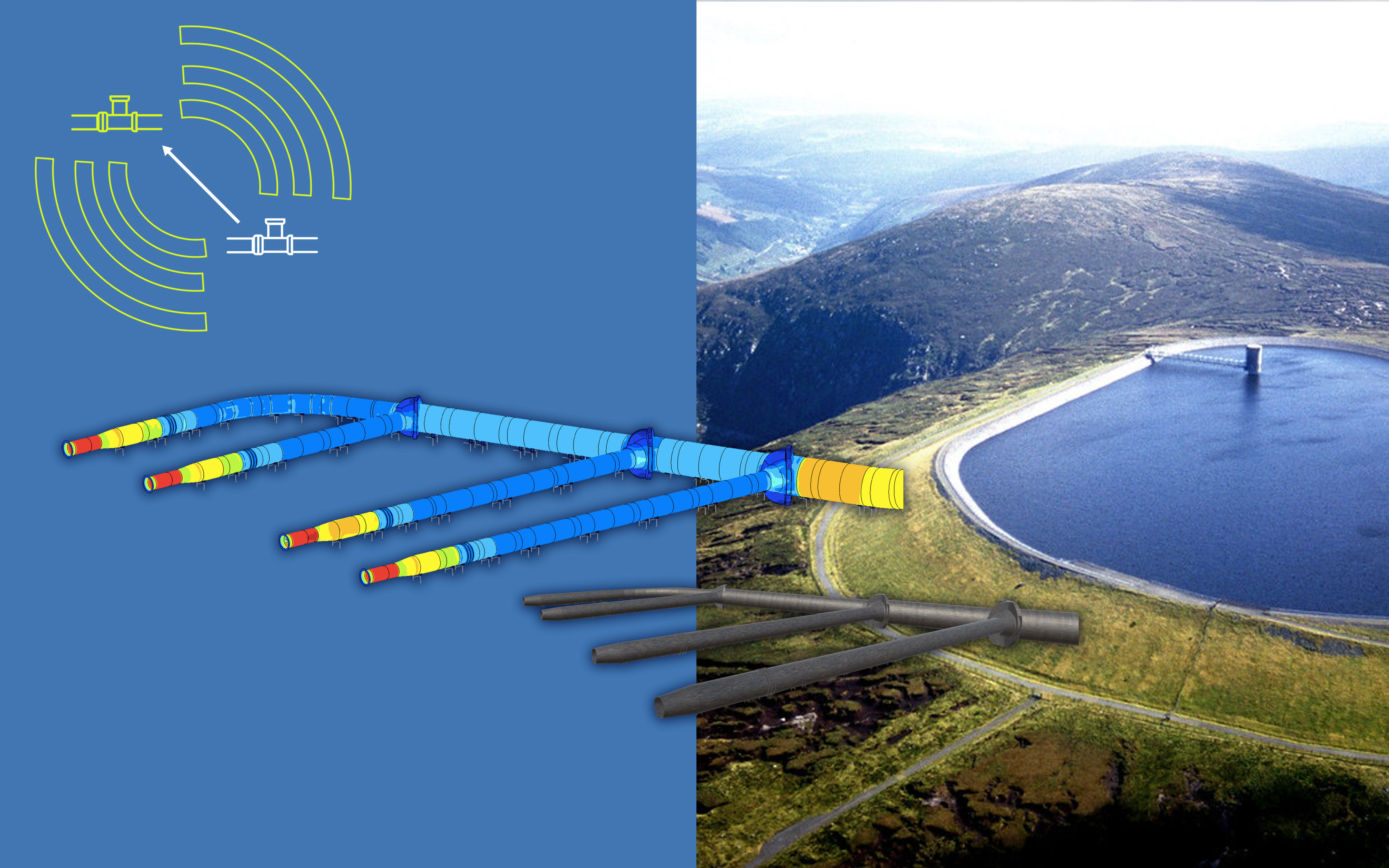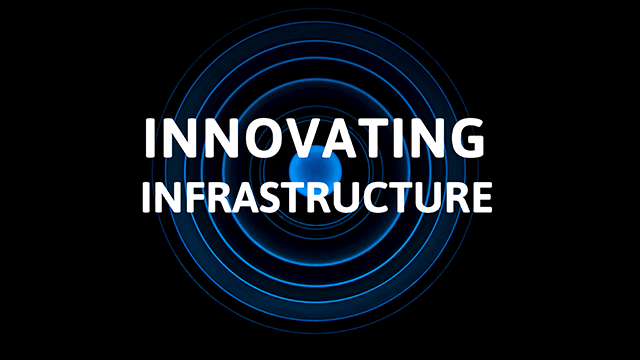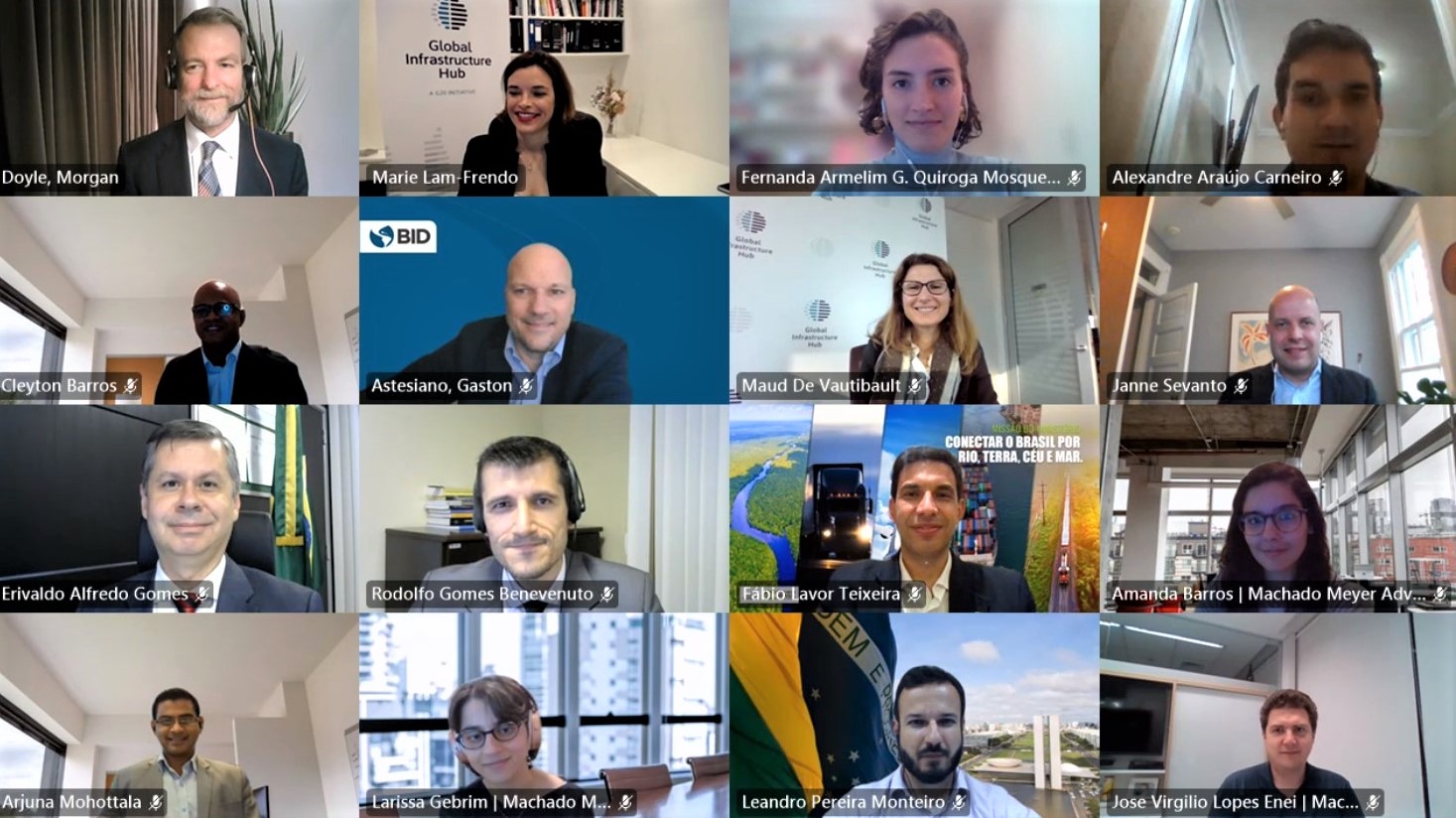748 results found
Featured results



More results
Innovating Infrastructure is a new podcast from the GI Hub that showcases new and emerging technology-based solutions to infrastructure challenges. Hosted by GI Hub’s Director of Thought Leadership, Monica Bennett the ten-part series delves deep into these solutions to find out how they will create impact towards a more resilient future.
Join the GI Hub and G20 Italian Presidency for the two-day InfraChallenge 2021 final, featuring sessions with expert guest speakers exploring technological innovations and their role in creating resilient infrastructure, and the final of the InfraChallenge competition with live announcement of the 2021 winner.
In this panel discussion, participants will be introduced to approaches to attracting institutional investors and mobilising capital markets, hearing solutions and lessons learnt from recent projects in India and South Africa.
To increase its global competitiveness, Brazil created an ambitious strategy to attract more private investment in its infrastructure. A partnership with the Global Infrastructure Hub helped Brazil implement and realise this strategy.

As countries announce major infrastructure packages to stimulate their post-pandemic recovery, the sector faces two substantial and related challenges: climate change and a funding shortfall, writes Marie Lam-Frendo, Chief Executive Officer of the Global Infrastructure Hub.
In 2021, the Global Infrastructure Hub published the findings of a survey of G20 members that collected case studies and examples of projects or programs that demonstrate the benefits of QII or exemplify good practice in their countries or in recipient countries. This survey was undertaken at the request of the G20 Infrastructure Working Group (IWG). It can be accessed here.


The discount rate used for project selection varies widely between developed and developing countries, and international institutions from 3% to 15%. The environmental, social and environmental benefits of transformative infrastructure projects are often not comprehensively captured.



carbon emissions in the 44 Organisation for Economic Co-operation and Development (OECD) and the Group of Twenty (G20) countries were priced at EUR 30 per tonne of carbon dioxide (CO2), the minimum price level to start triggering meaningful abatement efforts. An increase in effective carbon rates by EUR 10 per tonne CO2 is estimated to reduce emissions by 7.3% on average over time.


Delivering quality infrastructure will increasingly become a key priority for governments globally, requiring substantial investment from both the public and the private sectors.
InfraChallenge 2021 invited ideas for building and maintaining better, more resilient infrastructure. Today we announce the Top 10 competitors.
Infrastructure projects are capital-intensive and emerging countries often rely on private investment to implement them. As projects generate revenues in local currency (usually escalated by local inflation), the mismatch between the revenues and the debt service in foreign currency represents a major risk. Without a reliable mechanism to properly mitigate the foreign exchange (FX) risk, relevant sources of potentially long-term and less expensive funding are not accessible. A deep assessment of the FX risk and the development of innovative mitigatory solutions is critical to amplify the offer of long-term credit facilities for infrastructure financing.






In March 2021, the Global Infrastructure Hub (GI Hub) and Infrastructure Australia hosted the inaugural International Forum of Infrastructure Bodies (I-Bodies). The golden thread running throughout the forum was the pivotal role I-Bodies play in either strategic planning for infrastructure or funding and financing infrastructure in their jurisdictions.
Sidewalk Infrastructure Partners (SIP) and a set of founding partners, have recently launched the Innovative Infrastructure Initiative (I³); a new consortium championing and accelerating transformative infrastructure projects in America that use technology and innovation to meet pressing infrastructure needs.
On 3 June, the Italian G20 Presidency in collaboration with the OECD and D20 Long-Term Investor Club, hosted an Infrastructure Investors Dialogue: Financing Sustainable Infrastructure for Recovery. The objective of the dialogue was to leverage ongoing efforts to advance collaboration between the public and private sectors, with a particular focus on unlocking further investment and sustainability. A range of leading experts joined and contributed to the session including Global Infrastructure Hub CEO Marie Lam-Frendo.
Brazil is positioned to attract more private sector investment into infrastructure and to bring further bankable projects to market following an 18-month engagement program between the Global Infrastructure Hub (GI Hub) and the Brazilian Government.
Institutional investors are facing growing calls for a stronger engagement in development, in particular for infrastructure, climate and social investments. The investment requirements for global sustainable development are huge. State budgets are already stretched in most emerging markets and developing countries (EMDE), with tax bases weakened and public debt piling up.
In this blog, Svetlana and Roberto discuss the major cross-border projects currently being planned and delivered with Russia’s involvement, and the importance of comprehensive quality assessment in delivering these projects. Their discussion practically illustrates several elements of successful cross-border project delivery that are detailed in the GI Hub’s cross-border reference guide, Connectivity Across Border.
Latin American and the Caribbean (LAC) countries have a large, and increasing, infrastructure quantitative, qualitative and efficiency gap. The lack of sufficient physical assets, inadequate maintenance and poor service provision negatively impacts the quality of life of its population and the competitiveness of its economies. Over the last three decades public investment remains low at less than 2% of GDP, half of what East Asia invests in infrastructure per year. During the COVID-19 economic crisis, although the need for increasing public investment has grown this hasn’t translated into reality. Historically public investment will not increase because the region is characterized by a bias against infrastructure assets in favor of current expenditures during economic crises. Additionally, investment in infrastructure in LAC is perceived as a risky proposition in times of fiscal imbalances and debt growth. The average fiscal package to mitigate the impacts of COVID-19 was 8.5% of GDP and deficits increased by an average of 5.3% of GDP in 2020, propelling the public debt from 58% of GDP in 2019 to 72% in 2020 and it could continue to rise to 76% in 2023. Preliminary estimates confirm that governments in LAC invested less than 1.5% of GDP in infrastructure in 2020, not a promising scenario for a major shift in public investment to close the regional infrastructure gap.






 InfraChallenge website
InfraChallenge website













